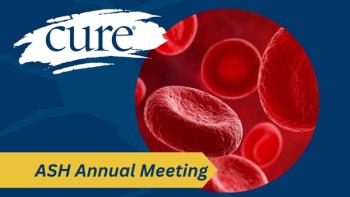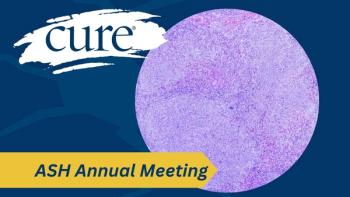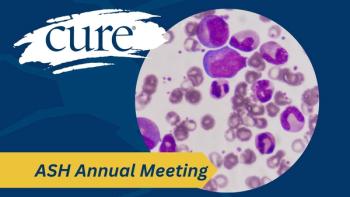
Biological Clocks May Play Crucial Role in Glioblastoma Treatment
Researchers from Texas A&M University found that circadian rhythms may be key in the timing of when chemotherapy is administered to patients with glioblastoma.
Many hear the term “biological clock” and they assume it is associated with maternal instincts or even with one’s sleeping patterns. However, it may come in to play when trying to improve brain cancer treatment.
Researchers from Texas A&M University found that circadian rhythms may be key in the timing of when chemotherapy is administered to patients with glioblastoma. The study, published in BMC Cancer, particularly focused on the timed production of a particular protein — p38 mitogen activated protein kinase (MAPK) – which is associated with tumor proliferation and growth.
Previous studies showed that the biological clock in Neurospora crassa, a fungal system, controlled daily rhythms in signaling p38 MAPK.
Of note, this protein plays a significant role in the invasive and aggressive properties associated with glioblastoma — the most prevalent type of brain cancer with an unfortunately grim prognosis. Therefore, the researchers tested if timed application of Neflamapimod (VX-745), a p38 MAPK inhibitor, would reduce the invasive properties of glioma cells in vitro.
It was believed that when p38 MAPK is disrupted in glioblastoma cells, treatment could be more effective in attacking the cancer cells without damaging the healthy surrounding tissue.
“The basic idea was that we knew that that protein was involved in tumor proliferation and development. So, the whole idea was to first look in a simple system to see if it was clock-regulated in terms of whether it is high at a specific time of day or night and low during other portions of the cycle,” study author David J. Earnest, Ph.D., a mammalian biological clocks expert at the Texas A&M College of Medicine, said in an interview with CURE.
“And then with that evidence in mind, the whole idea became: What would the implications be if there was something that affected this rhythm in the protein expression?”
The researchers ultimately found that inhibition of p38 MAPK at specific times of the day — in particular, times of the day when the activity is low in normal glial cells under control of the biological clock – appeared to significantly reduce glioblastoma cell invasiveness to the level of noninvasive glioma cells.
As a result, the inception of chronochemotherapy — a technique currently used in breast and gastrointestinal cancers – could be a treatment option for patients with glioblastoma.
“Chronochemotherapy refers to timing drug treatments with chemotherapy to provide for the best and optimal results in terms of suppressing tumor growth and development, but also minimizing side effects, particularly in terms of nausea and other effects on the body,” said Earnest.
Since this technique is not widely adapted or understood in this patient population just yet, Earnest recommends for patients to still ask their health care teams about chronochemotherapy.
“One of the things that patients need to do is to pose the question with their doctors, if there is any reason to look for options for treatment in terms of specifically applying chronochemotherapy concepts in to treatment,” he added. “I want to see if that would maximize the effects of the drugs in terms of suppressing the cancer and minimize side effects especially in terms of nausea.”





